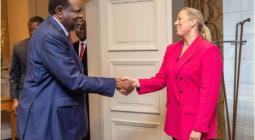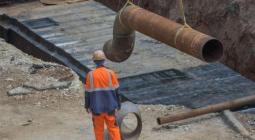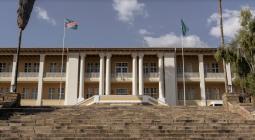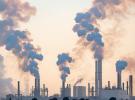Namibia is set to become the first African country to run a decarbonized iron plant
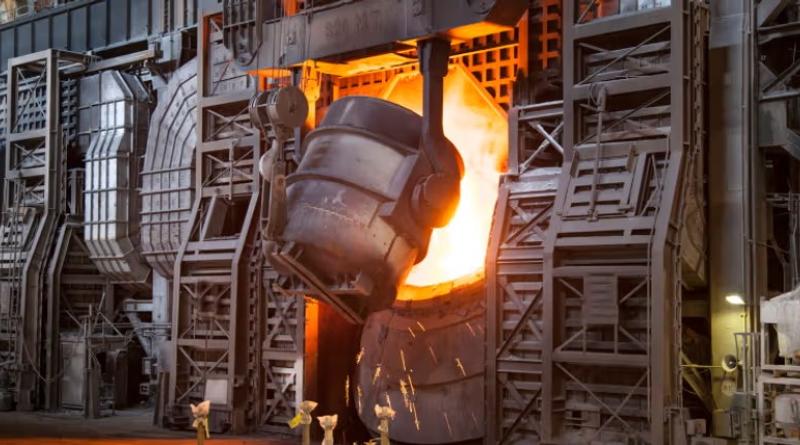
According to Namibia's investment promotion body, work on the continent's first decarbonized iron plant, which will run only on green hydrogen began on Monday 6th November.
One of the most polluting sectors of the global economy is steelmaking, which is attempting to switch from coal-fired facilities to decarbonized iron.
The Namibia Investment Promotion and Development Board (NIPDB) released a statement stating that the Oshivela project in western Namibia has the support of the German federal government, which has contributed 13 million euros.
The project will generate 15,000 tonnes of iron annually using renewable energy sources without emitting any carbon emissions.
Iron is traditionally reduced in blast furnaces by adding coke from hard coal, which emits a lot of CO2. Steel manufacturing today accounts for around one-eighth of worldwide CO2 emissions and strongly contributes to climate change. A direct reduction plant does not utilize coke as a reducing agent and instead employs natural gas or hydrogen.
“Namibia has ideal conditions for producing green hydrogen with the help of wind and solar energy,” said Economy and Climate Action Minister Robert Habeck.
“Since Namibia has large iron ore deposits, green hydrogen can be used to produce green iron cost-effectively in the immediate vicinity of the mining sites - an important preliminary product also for the decarbonization of steel production in Germany,” the Minister added.
Last year, Namibia became the first nation in Africa to sign a deal with the EU to provide the union with minerals and green hydrogen, which are essential for sustainable energy technologies.
The project is scheduled to start producing green iron in the fourth quarter of 2024, with the ultimate goal of reaching a yearly production capacity of one million metric tons.
As per Rainer Baake, Special Envoy for German-Namibian Climate and Energy Cooperation, the iron generated at the facility may also be utilized as a precursor product in German steel manufacturing to build green steel for the fabrication of wind turbines or cars.


